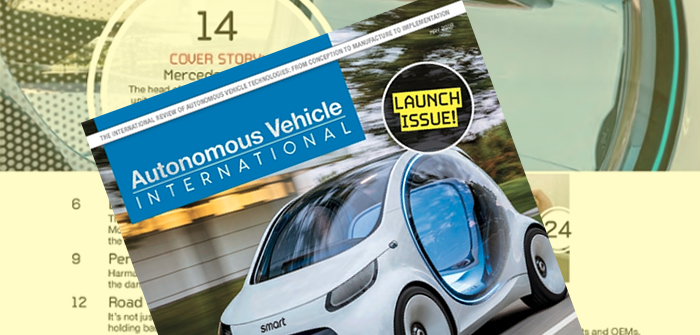Frost & Sullivan predicts that the global autonomous driving market will grow to US$173.15bn by 2023, of which 65.3% will be made up of shared mobility services. Autonomous driving will see massive improvements, with virtual voice assistance, centralised domain architectures, improved vision and depth-sensing solutions, and AI powering development.
With the rise of shared mobility solutions, e-hailing and car-sharing business models will converge and drive new growth opportunities and transform the mobility experience, the researchers say.
“2018 is expected to be the year of Level 3 AVs for highway use and Level 4 testing and implementation of AVs for limited, controlled and well-defined scenarios,” said Anirudh Venkitaraman, mobility senior analyst at Frost & Sullivan.
The report also offers some advice to non-automotive companies who want to enter the autonomous driving value chain. Venkitaraman recommends they focus on untapped entry opportunities in the areas of in-vehicle infotainment systems, cloud services and open operating systems development.
According to Frost & Sullivan, there are six major trends driving transformational change in the AV sector: autonomous shared mobility solutions, collective intelligence for fleet management, cybersecurity, convergence of AI with autonomous cars, domain controllers and driver monitoring systems.
“There are numerous hurdles, both quantitative and qualitative, that the industry will need to tackle if autonomous driving is to have a lasting impact on making safe, clean and lean transportation a reality,” said Venkitaraman. “Currently, the biggest hurdle is the lack of clear regulatory frameworks that define how these products can be made available to consumers.”


